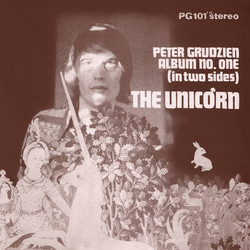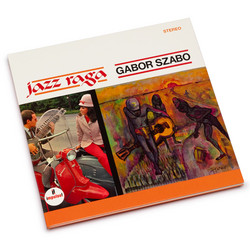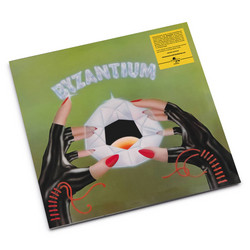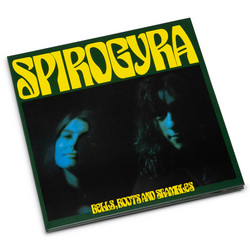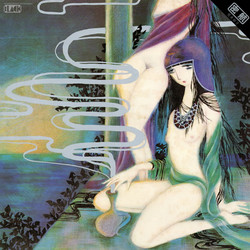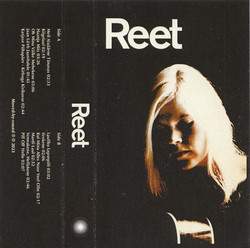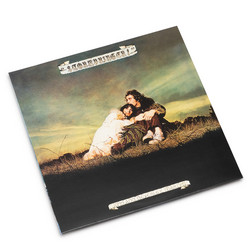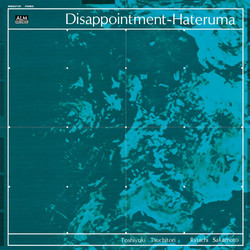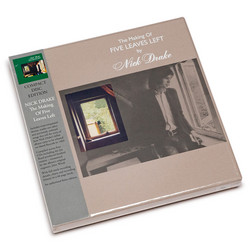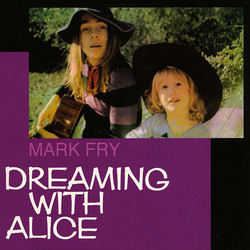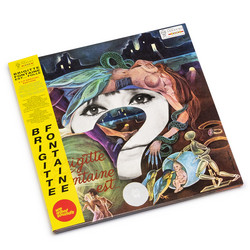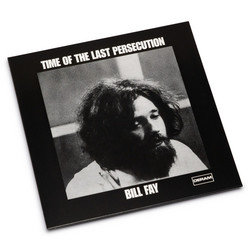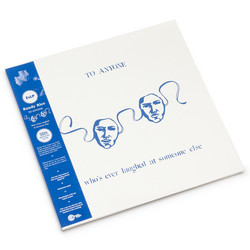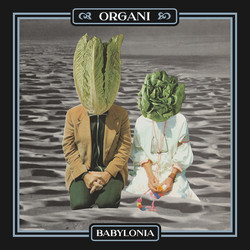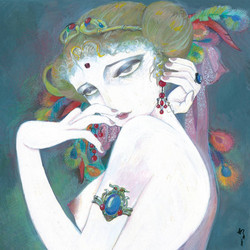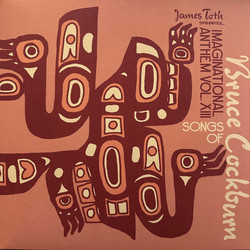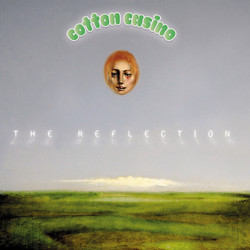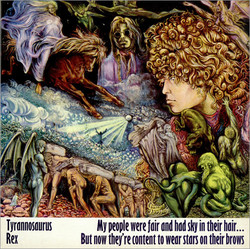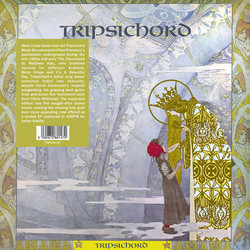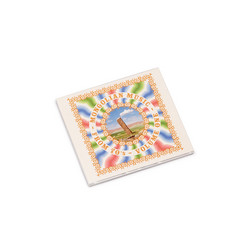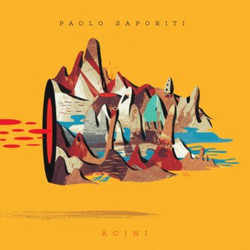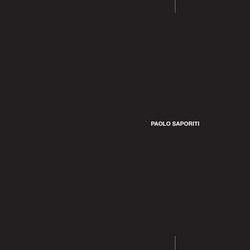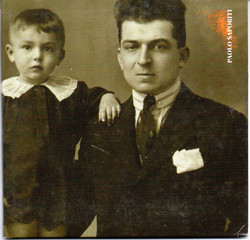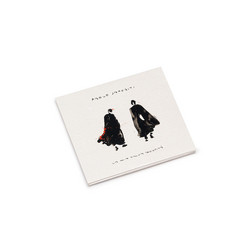** Super limited edition, textured hard-cover edition with an extra 50 pages booklet ** “La mia falsa identità” (My False Identity) is Paolo Saporiti's ninth album, which the songwriter describes as "definitive." It was welcomed by the Italian press as among one of the best and most significant records of the year. The album is built around the intense guitar stylings and voice of Paolo Saporiti, and enhanced by the close relationship of the orchestrations of the cellist Stefano Cabrera, the cinematic electronics of the producer Raffaele Abbate, and the solidity of the electric guitarist Alberto N. A. Turra and the drummer Lucio Sagone.
It is a mature piece of work, inspired by a multifaceted, multifold concept, yet it is extremely contemporary. The album captures today’s diversity, the union / clash of identities, after the fall of ideals, of the gods and of the walls. There are twenty tracks on the album and it is divided in two chapters: “Lo sfratto” (The Eviction) and “La Zattera” (The Raft). The first is intense and canonical with reference to the “expulsion of people from their home” but also telling the story of a sweet typical of Pitigliano “La Gerusalemme Toscana”. In the shape of a small stick, this sweet, reminds us of an object that the government messenger utilized to gather the people – knocking on the doors – informing that it was time to meet the rest of the community, in the ghetto, during the expulsion of the XVII century. The bakers thus decided to create a sweet that would keep alive this memory. The second chapter instead mentions Géricault’s painting “La zattera della Medusa”(1818-1819) (The Raft of the Medusa), a painting that depicts the sinking of the Medusa. This was an event of international scandal at the time - the wreck of the French naval frigate on the French coast. Those that survived had to resort to cannibalism in order to survive.
“My false identity could easily represent my journey up to this point in my life, as much as a new beginning. It is a sure turning point in my vision and my being. I reach the age of 50, with an important journey behind, and then the Pandemic. I wanted to insert visible autobiographical elements, experienced introspectively and poetical social points of view about the world and life itself. My age however remains a mix of fantasy, dream and re-elaboration of mourning, the search for happiness, the acceptance of suffering and of music as a companion in existential growth and as a metaphor for life.”
